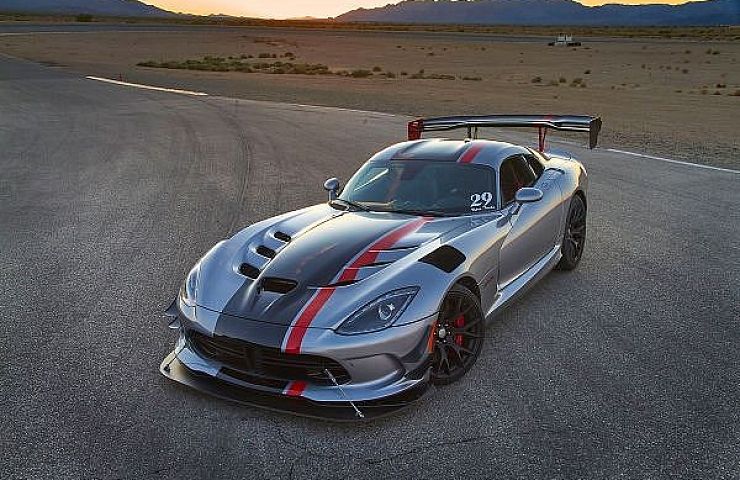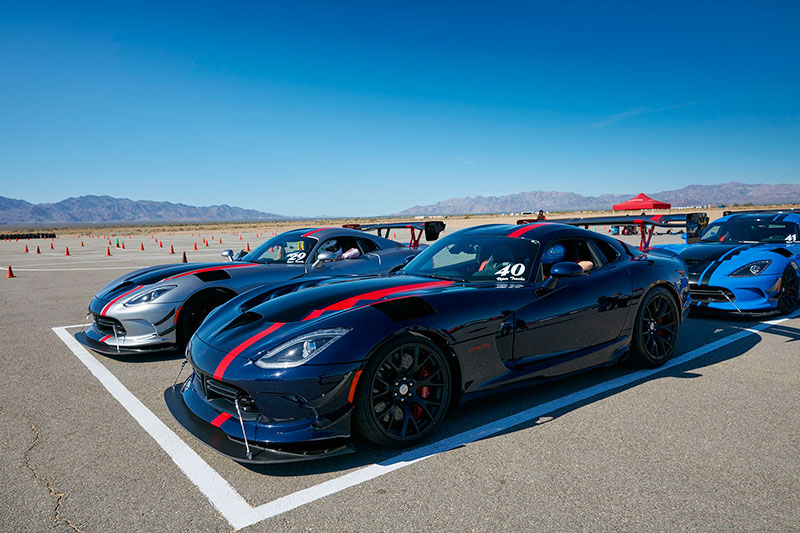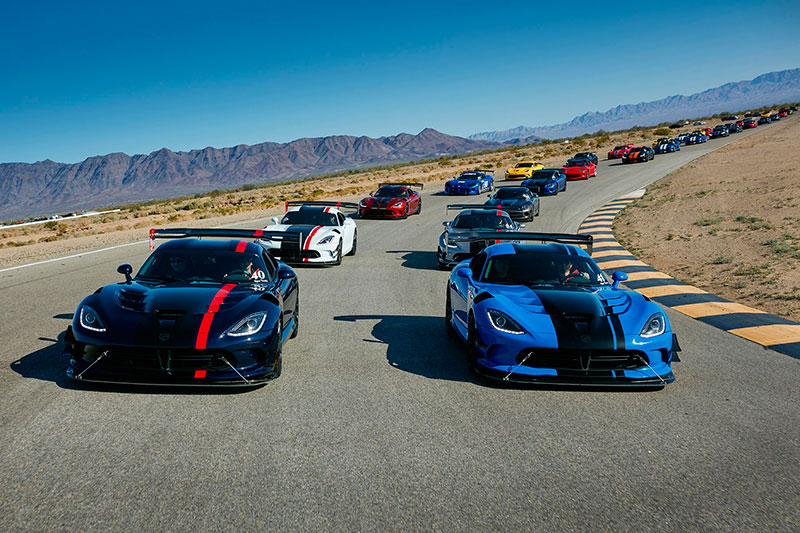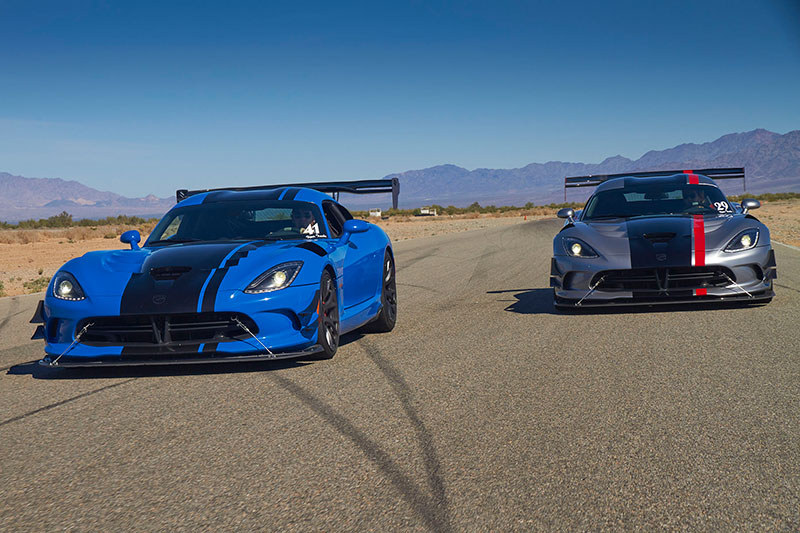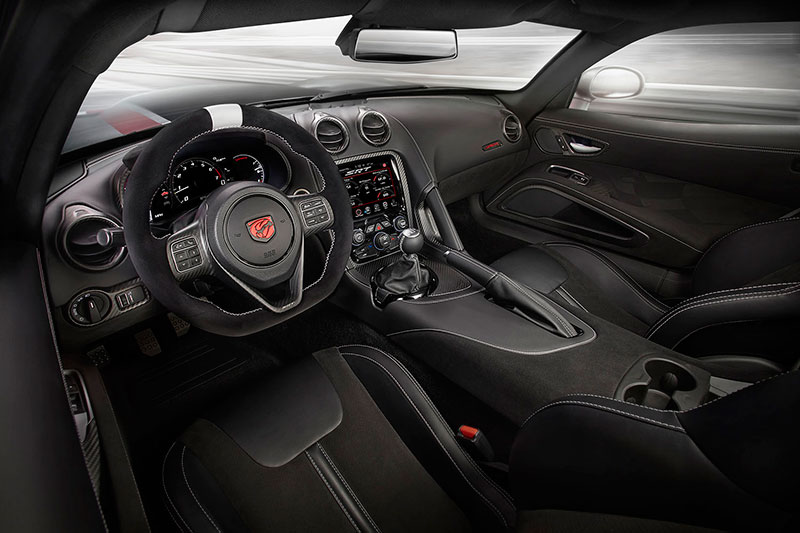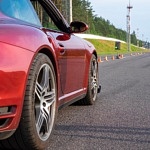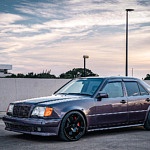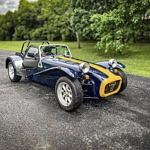Expectations were high when Dodge formally announced the new Viper ACR last year. It promised to be the most track-focused street-legal version of the manufacturer’s sports car. But we wondered if its 645-horsepower V10 would compete with the new crop of seven-figure hypercars from Ferrari, McLaren, and Porsche—with their power hovering around 1,000 ponies. It took more than six months to find out, but the wait was worth it.
With Fiat-Chrysler’s Street & Racing Technology (SRT) engineer Chris Winkler behind the wheel, the American Club Racer (ACR) beat the production car lap record at Inde Motorsport Ranch in Willcox, Ariz. Then it beat records at Buttonwillow, Willow Springs, VIR, and Road Atlanta. Before long, it had racked up 13 production-car lap records across the country. So SRT asked if we wanted a spin around Chuckwalla Valley Raceway in Desert Center, Calif., during the a Viper Tracks event, we hit the road to Palm Springs.
Advanced Aerodynamics
SRT engineers left the V10 from the standard Viper untouched when developing the ACR, but introduced a wild new aerodynamics package that boasts more downforce than any production car ever made. The downforce is provided by a massive dual-element rear wing, a rear carbon fiber diffuser, a unique SRT hood with removable louvers, a detachable extension for the front splitter, and four dive planes. The ACR also adds serious stopping power from a new carbon ceramic Brembo brake system, which utilizes the most brake pad area ever offered on a Viper. It also benefits from specially tuned stability control and ABS systems to get the most out of the new brake package.
Also unique to the ACR is a ten-way adjustable Bilstein coilover suspension system, as well as the ACR’s secret weapon: a set of Kumho Ecsta V720 high performance tires designed specifically for the ACR. They might be the best street legal tires available today.
In terms of sports-car prowess, the ACR improves upon the standard Viper in every measurable way: it’s faster in a straight line, it stops harder, and corners with more confidence. But what’s truly remarkable about the ACR is how approachable it is, even for relative novices. A sizable chunk of the credit goes to Kumho for making a street car tire with relentless grip.
Chuckwalla Raceway is a technical, 17-turn course with a banked, high-speed bowl where the ACR can pull more than 1.5G. Your face feels like it’s being pulled sideways, and the effect is addictive. With every lap, I found places to shave time—braking later here and getting on the power earlier there.
End of an Era?
Here’s the bad news: the majority of sports car buyers are more concerned about comfortable cruising than a true driving experience. Viper sales have suffered. Blame it on the lack of an optional automatic gearbox and Dodge’s determination to maintain the Viper as a pure sports car.
This Viper ACR could be the last new Viper model ever produced. And if the Viper does return at some point in the future, its persona undoubtedly veer further away from the original 1990 concept—a modern-day AC Cobra with a Lamborghini-developed 10-cylinder heart and three pedals on the floor.
So let’s savor this moment, gearheads. It’s time when an American manufacturer still produces a world-beating sports car at a fraction of the cost of the competition—a beast of a vehicle that can be ordered at the same dealership where a soccer mom is picking up a Dodge Caravan.
See Xenon Light Bulbs for 2016 Dodge Viper for sale on eBay.

